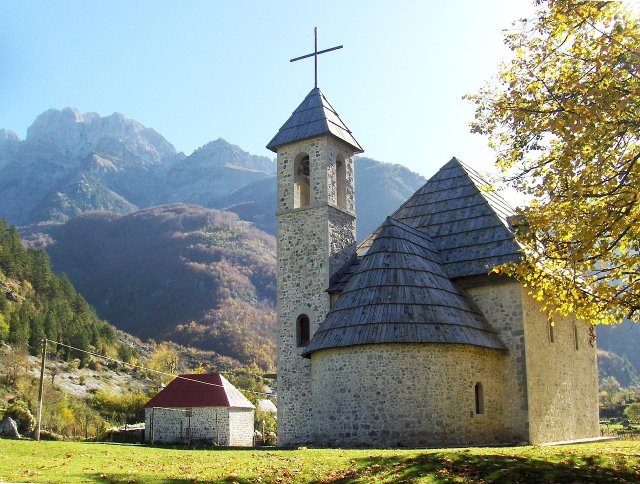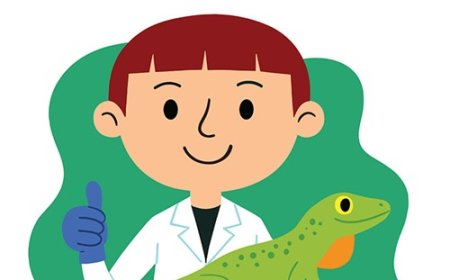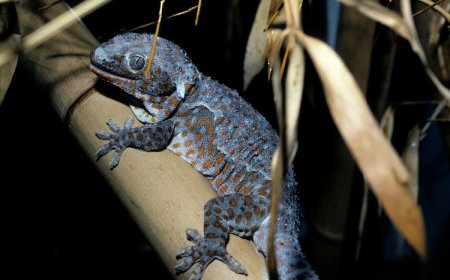Green Sea Turtle Facts for Kids – Ocean’s Gentle Herbivore
Learn about the green sea turtle, a large marine reptile that migrates across oceans

Green Sea Turtle Facts for Kids – Ocean's Gentle Swimmer
Scientific Name and Classification
- Common Name: Green sea turtle
- Scientific Name: Chelonia mydas
- Kingdom: Animalia
- Phylum: Chordata
- Class: Reptilia
- Order: Testudines
- Family: Cheloniidae
- Genus: Chelonia
- Species: C. mydas
🐢 Introduction
The green sea turtle is a large marine reptile that spends most of its life in the ocean. It is named for the green color of its body fat, not its shell. These turtles are gentle herbivores that play an important role in keeping seagrass beds healthy.
🦎 Appearance
They have a smooth, heart-shaped shell that can be brown, olive, or gray with streaked patterns. Their flippers are long and paddle-shaped for swimming. Adults can grow up to 5 feet (1.5 m) and weigh over 300 pounds (136 kg).
🌍 Habitat
Green sea turtles live in tropical and subtropical oceans around the world. They spend time in shallow lagoons, coral reefs, and near seagrass meadows, but migrate long distances between feeding grounds and nesting beaches.
🍽 Diet
Adult green sea turtles eat mainly seagrass and algae, making them important for ocean ecosystems. Juveniles may also eat small invertebrates like jellyfish and sponges.
🔄 Life Cycle
Females come ashore to lay eggs on sandy beaches, often returning to the same spot where they hatched. They lay 100–200 eggs per nest. Hatchlings race to the sea and grow slowly, reaching maturity at 20–50 years old.
🐾 Behavior and Social Structure
Green sea turtles are mostly solitary, except during mating and nesting. They are strong swimmers and can hold their breath for hours when resting. They bask on beaches in some regions to warm up.
🛡 Conservation Status
They are listed as Endangered due to habitat loss, hunting, egg collection, fishing net entanglement, and pollution. Conservation efforts focus on protecting nesting sites and reducing threats at sea.
🎭 Cultural Significance
In many coastal cultures, sea turtles are symbols of longevity, wisdom, and peace. They also feature in folklore, art, and traditional stories around the world.
✨ Fun Facts
- Named for their green body fat, not their shell.
- Can migrate over 1,500 miles between feeding and nesting sites.
- Help keep seagrass meadows healthy.
- Females return to their birthplace to nest.
📌 Key Takeaways
- Large marine turtle found in warm oceans worldwide.
- Herbivorous diet as adults.
- Long migrations between feeding and nesting grounds.
- Endangered and protected in many countries.
- Important for ocean ecosystem health.
🐾 Kid-Friendly Summary
Green sea turtles are big, gentle ocean turtles that eat mostly plants. They travel far in the ocean and always return to the same beach to lay eggs. They help keep the ocean healthy but need our protection.
📚 Vocabulary Words
- Herbivore – An animal that eats plants.
- Migrate – To travel long distances for seasonal reasons.
- Seagrass meadow – Underwater areas with grass-like plants.
- Nesting site – A place where animals lay eggs.
- Invertebrate – An animal without a backbone.
- Endangered – At risk of becoming extinct.
- Hatchling – A newly emerged baby from an egg.
- Ecosystem – A community of living and nonliving things interacting together.
🧠 Interactive Quiz: Test Your Green Sea Turtle Knowledge
- What do adult green sea turtles mostly eat?
- A. Fish
- B. Seagrass and algae
- C. Insects
- D. Crabs
- Why are green sea turtles named "green"?
- A. Their shell is always green
- B. Their body fat is green
- C. They eat green plants
- D. They live in green water
- True or False: Green sea turtles lay eggs in the ocean.
- True
- False
- How far can green sea turtles migrate?
- A. 10 miles
- B. 100 miles
- C. Over 1,500 miles
- D. 1 mile
- What is a major threat to green sea turtles?
- A. Lack of food
- B. Pollution and fishing nets
- C. Too much swimming
- D. Sharks only





















































